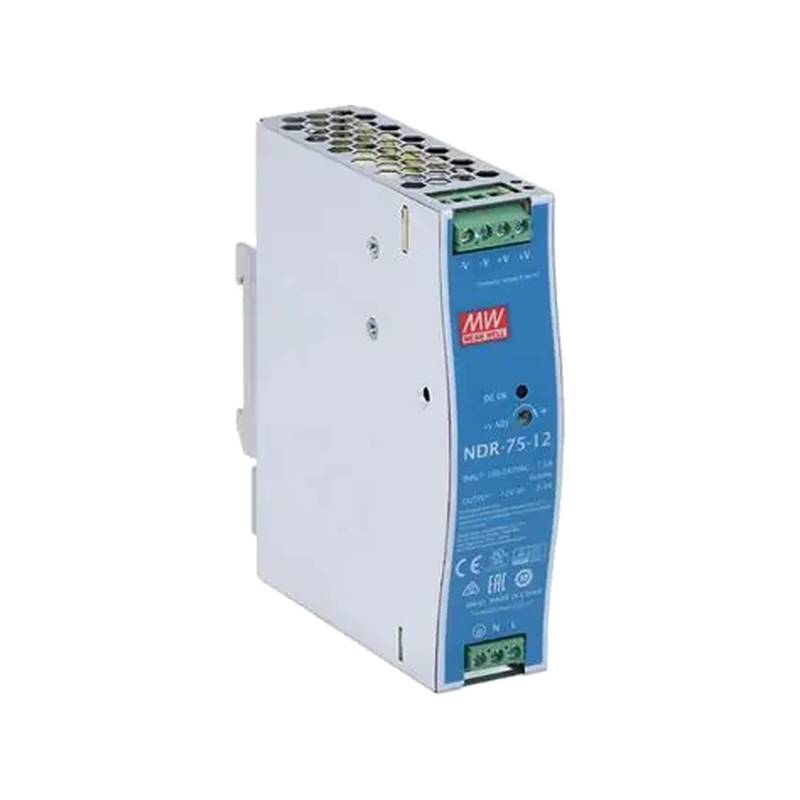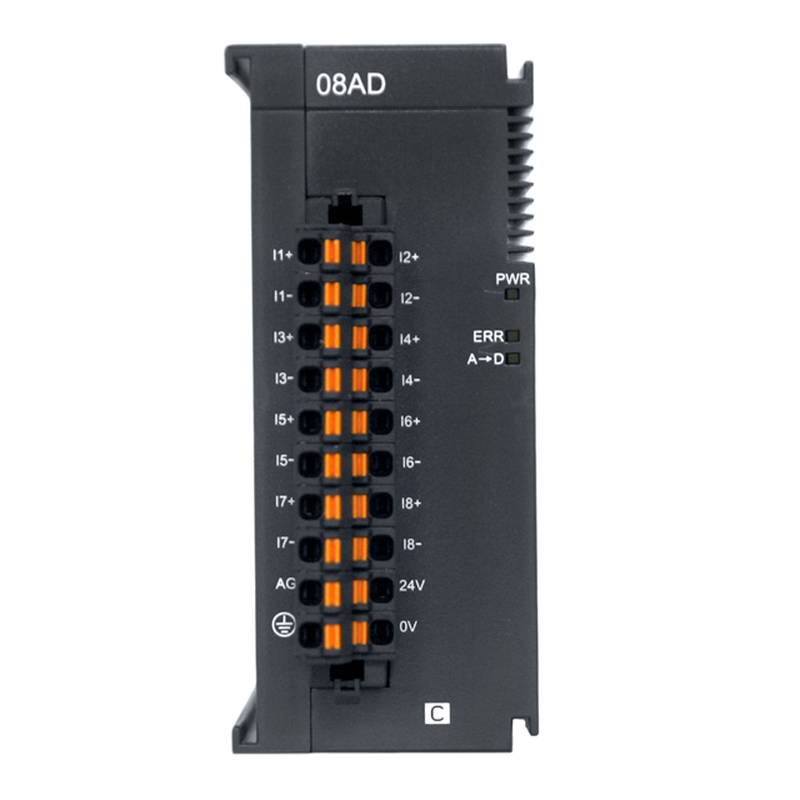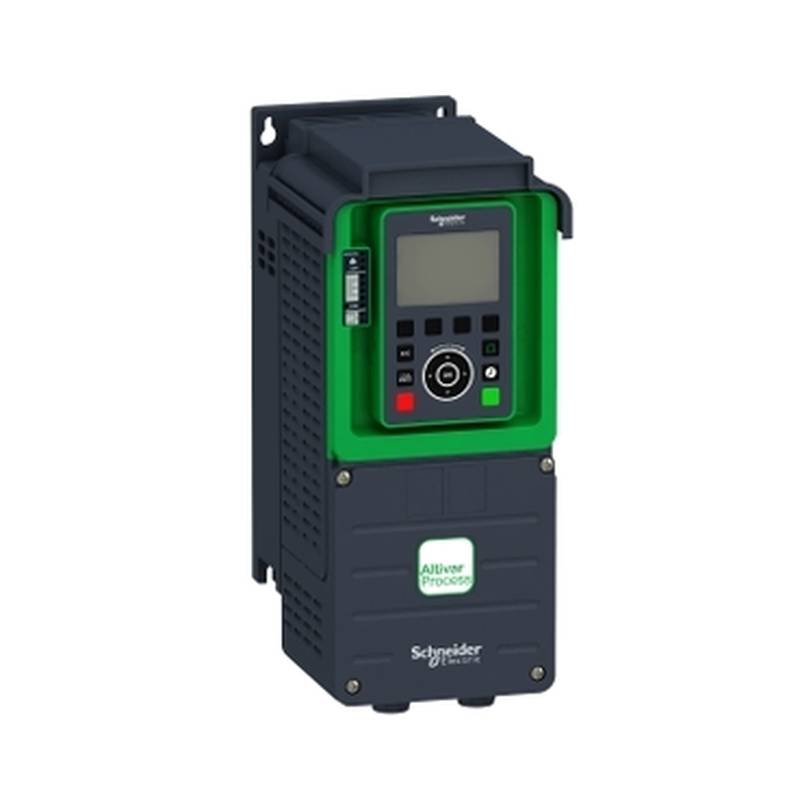
The Moxa CP-132UL-I 32-port industrial serial device server is a robust solution engineered for high-density serial device connectivity in demanding industrial environments. This device server excels in delivering reliable, high-performance serial-to-Ethernet communication, boasting features such as extended temperature operation and surge protection for uninterrupted industrial automation and control. Its core technical parameters include 32 RS-232/422/485 serial ports, 10/100/1000 Mbps Ethernet speed, and support for TCP/IP, UDP/IP, and HTTP protocols, making it a versatile backbone for complex network infrastructures.
Product Specifications
| Feature | Specification |
| :---------------- | :------------------------------------------------ |
| Serial Ports | 32 x RS-232/422/485 (DB9 or terminal block options) |
| Ethernet Speed | 10/100/1000 Mbps |
| Power Input | 12-48 VDC |
| Operating Temp. | -40 to 75 °C (-40 to 167 °F) |
| Isolation Voltage | 2 kV |
| Protocol Support | TCP/IP, UDP/IP, HTTP, DHCP, DNS |
| Management | Web Console, Telnet Console, Serial Console |
| Mounting | DIN-rail, Wall-mount |
Core Features & Market Positioning
The Moxa CP-132UL-I distinguishes itself through its high port density, enabling extensive serial device consolidation into a single Ethernet network, significantly reducing infrastructure costs and complexity. Its industrial-grade design, featuring built-in 2 kV isolation for serial ports and wide operating temperature ranges from -40 to 75 °C, ensures operational integrity in harsh conditions often found in manufacturing plants, substations, and outdoor applications. The device's support for multiple serial interfaces (RS-232, RS-422, and RS-485) on each port provides unparalleled flexibility for integrating diverse legacy and modern serial equipment. This capability, combined with its robust security features and reliable performance, positions the CP-132UL-I as a premier choice for critical infrastructure and advanced industrial automation projects requiring seamless serial-to-Ethernet conversion.
Key Application Scenarios
This industrial serial device server is instrumental in modernizing and expanding connectivity for a wide array of industrial applications. It is extensively used in factory automation for connecting numerous PLCs, CNC machines, and sensor networks to a central control system via Ethernet, facilitating real-time data acquisition and remote management. In the energy sector, the CP-132UL-I is deployed in electrical substations and power generation facilities to interface with protection relays, meters, and SCADA systems, enabling efficient monitoring and control of grid operations. Furthermore, its application extends to transportation systems, such as railway signaling and intelligent traffic management, where reliable communication with wayside equipment is paramount. The device's ability to support a high number of serial connections makes it ideal for large-scale deployments where consolidating numerous serial devices into an IP network is essential for streamlined operations and data centralization.
Practical System Integration Guidance
Integrating the Moxa CP-132UL-I into an existing industrial network is streamlined by its user-friendly web-based management interface. Initial setup involves connecting the device to the Ethernet network and powering it via the provided terminal block, ensuring polarity is observed. For serial port configuration, users can select the appropriate interface type (RS-232, RS-422, or RS-485) and set parameters like baud rate, data bits, parity, and stop bits through the management console to match the connected serial devices. The device supports various operation modes, including TCP Server, TCP Client, and UDP, allowing for flexible communication protocols. Wiring of serial devices should adhere to standard RS-485/RS-422 multi-drop configurations for longer distances or RS-232 point-to-point connections, utilizing the appropriate DB9 or terminal block connectors. Moxa's utility software can also assist in discovering and configuring multiple devices on the network.
Operation and Risk Mitigation
Operating the Moxa CP-132UL-I involves ensuring stable power supply within its specified voltage range (12-48 VDC) and maintaining environmental conditions within its operational temperature limits (-40 to 75 °C) to prevent hardware failures. For risk mitigation, the device's built-in 2 kV serial port isolation is crucial for protecting connected equipment and the device server itself from ground loops and transient voltage surges common in industrial settings. Regular firmware updates from Moxa are recommended to address potential security vulnerabilities and enhance performance. In case of connectivity issues, troubleshooting often involves verifying network cable integrity, checking IP address configurations, and confirming that serial communication parameters on both the device server and the connected peripherals match precisely. Monitoring system logs via the web or serial console can provide valuable insights into error conditions or device status.
Scalability & Long-Term Value
The Moxa CP-132UL-I offers significant scalability for industrial networks. Its high port density allows organizations to connect a large number of serial devices without requiring multiple smaller gateway devices, simplifying network architecture and reducing future expansion costs. Compatibility with Moxa's broader portfolio of industrial networking solutions, including switches and other device servers, ensures seamless integration into larger, more complex IIoT (Industrial Internet of Things) and Industry 4.0 initiatives. By converting legacy serial equipment to an IP network, the CP-132UL-I extends the lifespan of existing assets, delaying costly replacements and maximizing return on investment. Its robust construction and ongoing software support from Moxa further enhance its long-term value proposition, ensuring reliable operation and adaptability to evolving industrial communication standards.
Frequently Asked Questions (FAQs)
1. How do I configure the serial port settings on the Moxa CP-132UL-I?
You can access the device's web-based management interface to configure each serial port individually. Select the desired serial interface type (RS-232, RS-422, or RS-485) and then set the communication parameters such as baud rate, data bits, parity, and stop bits. These settings must precisely match the requirements of the connected serial device for successful communication.
2. What are the main advantages of using the Moxa CP-132UL-I over other serial device servers?
The CP-132UL-I offers a high density of 32 serial ports, reducing the need for multiple devices and simplifying network infrastructure. Its industrial-grade design includes 2 kV serial port isolation for enhanced protection and a wide operating temperature range, making it suitable for harsh environments. The device also supports gigabit Ethernet speeds for high-throughput data transfer.
3. Can the Moxa CP-132UL-I be used for both new installations and upgrading legacy systems?
Absolutely. Its versatility in supporting various serial protocols (RS-232/422/485) makes it perfect for integrating older serial-only equipment into modern IP networks. This extends the life of legacy assets and allows for centralized management and data access, which is crucial for smart manufacturing and IIoT initiatives.
4. What kind of power supply is required for the Moxa CP-132UL-I?
The device requires a DC power input within a wide range, typically from 12 to 48 VDC. It's essential to use a stable and reliable power source that meets these specifications to ensure continuous operation. Ensure correct polarity is observed when connecting the power to the terminal block.
5. How does the 2 kV isolation feature benefit my industrial network?
The 2 kV isolation protects your serial devices and the device server from damaging voltage spikes and ground loops that are common in industrial environments. This significantly enhances system reliability and prevents costly hardware failures, ensuring uninterrupted data flow and operational continuity.
6. What are the typical industries that benefit from the Moxa CP-132UL-I?
This device server is ideal for sectors such as manufacturing, energy (power generation, substations), transportation (railways, intelligent traffic systems), and building automation. Any industry requiring the reliable connection of numerous serial devices to an Ethernet network in demanding conditions will find it beneficial.
7. Does the Moxa CP-132UL-I support remote management and configuration?
Yes, it supports multiple remote management methods, including a web console, Telnet console, and serial console. This allows network administrators to monitor, configure, and troubleshoot the device and connected serial devices from anywhere on the network, improving operational efficiency.
8. What network protocols are supported by the Moxa CP-132UL-I?
The device server supports standard industrial network protocols including TCP/IP, UDP/IP, and HTTP. It also includes DHCP for automatic IP address assignment and DNS for hostname resolution, facilitating seamless integration into diverse network infrastructures.
9. Is the Moxa CP-132UL-I compatible with different types of serial cabling?
Yes, the CP-132UL-I typically offers options for DB9 connectors or terminal blocks, allowing compatibility with standard RS-232, RS-422, and RS-485 cabling. The choice of connector depends on the specific model variant and the user's installation preferences and existing infrastructure.
10. What are common troubleshooting steps if a serial device does not communicate through the CP-132UL-I?
First, verify that the serial port configuration (baud rate, parity, etc.) on the CP-132UL-I exactly matches the settings of the connected serial device. Also, check the physical wiring for correct connections and ensure the device is properly powered. Network connectivity to the CP-132UL-I should also be confirmed.
























